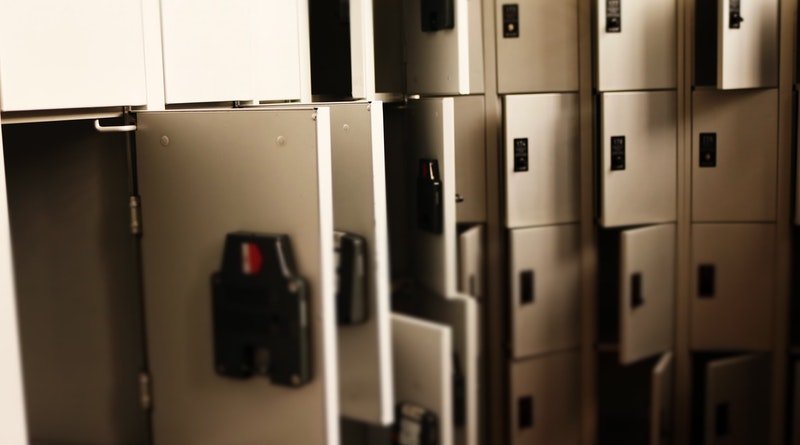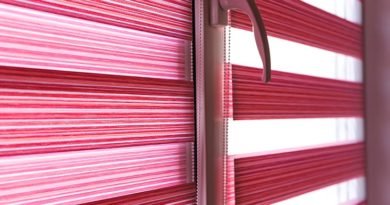7 Things To Consider Before Purchasing A Home Safe
You may have found yourself struggling to hide or protect important documents and objects in your house. A home safe is your answer in this case. It protects its contents from risks such as theft, fire, and water damage. In addition, a home safe is a vital tool to safeguard your documents and valuables. You can store money, jewellery, critical documents, expensive objects, and even dangerous items such as guns. It is important to choose an affordable and functional safe for your home. Here are a few things to things to consider before purchasing a home safe.
Type of protection needed
Unfortunately, not all safes are the same. Some offers will provide excellent fire protection but fall short regarding home invasions, or vice versa. Consider what level of protection you need before purchasing a home safe. Fire is the most common asset loss, followed by burglary and water damage.
There are composite safes, or safes, that offer some level of security against several sorts of invasion. However, the levels of protection provided may vary substantially. Therefore, before making a decision, consider each level of protection.
Cash ratings
Tijori are designed to withstand any forced entry. You base cash ratings on the level of security of the safe, and they assess it by impartial authorities to establish how long it would take an intruder to bust the safe open. You should obtain home and contents insurance. Examine your policy’s fine print. Cash may be one of the goods you intend to store in your home safe, which comes in various cash grades. The cash rating is the amount of money your insurance company will cover for keeping you protected.
Location and space needed.
Believe it or not, the location of your valuables is not always your safe location. First, consider where you generally keep your valuables: in a jewellery box, a closet, or under a bed. Next, consider your home’s lifestyle and layout to determine which location you believe is the safest. Finally, take measures before shopping, even if it seems obvious. Most home safes are incredibly heavy and difficult to transport, so the last thing you want to do is bring one home only to discover that it doesn’t fit where you want it.
Worse, imagine it fitting in the space but not large enough to hold all your possessions. The external measures are simple. It would be best to consider the height, width, and depth. You should also measure some of your door frames and stairwells to ensure you can transfer the safe into place. Finally, gather your goods and measure the inside measurements’ like height, breadth, and depth.
Which room in your house do you intend to keep home locker? For various reasons, your main bedroom is frequently recommended as an appropriate location for your safe house. For example, women generally remove their jewellery when going to bed, while men remove their watch from their pants or trousers.
Your budget
Extra charges can quickly pile up in this situation, so set a pricing point before heading to the store. Many safes have a bewildering assortment of features. However, the functionality must take precedence over features. You must pick a safe with the required features, functionality, and budget accordingly. A basic model will not break the bank.
For instance, Godrej’s safe prices are reasonable, and the safes still accomplish their function. Be prepared, though, to meet enhancements such as higher quality steel, additional locks, or additional bolting. People who enjoy creation may want to invest more for a safe with an inner shelf. Finally, think about the value of the objects you’ll be storing. It would be best if you did not put high-value things in a low-cost safe. You require a premium safe if you are storing extremely precious stuff.
After you’ve decided on a model, there are usually a few more expenditures to consider. Some businesses will provide a guarantee or warranty on their products that you can use to pay the cost of lost items if necessary. Because safes are so difficult to transport, you may have to pay an extra installation fee to have yours installed.
Safe size
Make a list of everything you intend to place in your home safe: keys, documents, jewellery, cash, and so on. Do you need to store larger objects, such as guns or computer equipment, when not in use? The most typical home safe sizes vary from 1 to 2 cubic feet. This is what a one cubic foot safe would look like.
It will be much easier to determine the size of the safe you require for your home if you have a detailed list of the goods that will go into your safe. Consider a safe that measures 12 inches wide, 12 inches tall, and 12 inches deep. It is always a good idea to safeguard your assets.
Conclusion
Purchasing a safe for your house can allow you to rest easy knowing that your belongings are safe. So, think about a few things before you rush out to the store. After all, you work very hard to support your family. The last thing you need is an unexpected calamity to derail your efforts.




